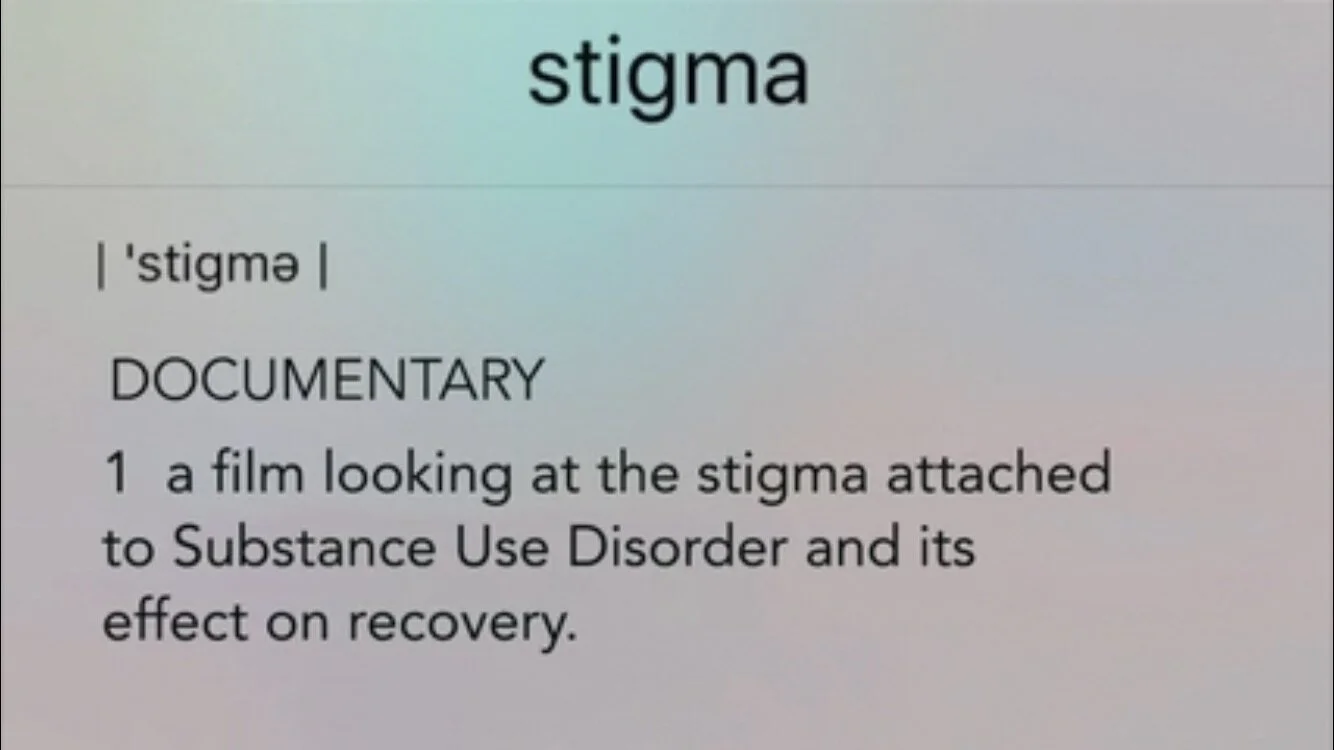In Development
It sometimes seems difficult to explain what we do at TEN/28, especially to family and friends. Often times I can hear in the subtle ways people dismiss the work as they refer to our work. I get it... It’s hard to understand.
Some people see what we do as a couple of fellas in their forties living out some adolescent dream of making home movies with a video camera.
Some think our chief aim is to become YouTubers making all that perceived sweet cash from sponsorships and influencer status.
Some think we just make little videos for clients and charge exorbitant prices to afford us the ability to play most of the time.
None of these could be further from the truth.
People are better equipped to understand home builders or tech start ups than filmmakers.
In fact, the contractor or the tech start up is more in line with what we actually do than any of the above mentioned assumptions. It is true that there is a level of creativity and artistry we shoot for in our work but at the end of the day we are making a product to sell, plain and simple. That said, the deconstruction of what the product is and who the buyer is proves to be the most difficult part for people willing to chat with us longer than five minutes to understand.
Here’s the simple formula I like to think of. Creator+Distributor=People turning on the smart tv and watching the film. Creator makes movie and if all goes well and the creator did their work correctly they will get it in front of distribution companies that may choose to buy what creator made. Depending on how much the distributor pays they may decide to market the film in various ways to get the most eyeballs on the film they purchased in hopes that it will continue to feed the need of the consumer (person with remote control in hand) to continue watching more that the distributor has to offer.
Think Netflix for a second. Why does Netflix suggest other shows and films to you after you’ve watched something? Are they just being considerate? NO!!! They want to get you watching another show or film to keep you on the platform longer. The last thing they want is for you to finish a show or film and then decide you want to galavant over to Amazon to see what new, interesting stuff is available there.
A lot of friends are bemoaning that they can’t watch “Friends” any longer on Netflix. Why can’t they? Because HBO purchased the rights to the show and now, when HBO MAX becomes available they are certain that a property like “Friends” will be a selling point for more subscriptions to HBO MAX producing more revenue and eyeballs for HBO.
Want me to drill down a little deeper? Here’s the easiest way to understand what I’m talking about. Have you ever seen and advertisement for Walmart in a Target?
NO! Why not? The last thing Target wants is for you to leave their store to go to the competitor. This is the same with streaming platforms.
Over the past four years Antony and I have tried to develop three documentaries and two feature films. In that time we’ve created several spec spots for little to no money and shot several proof of concept videos in our attempts to raise enough interest to find the investors to dive in and believe with us that something could be made that would be sold and provide a return. In the selling of the property our work gets onto one of the many streaming platforms available. As we work now on Stigma, a documentary about the stigma related to Substance Use Disorder and its effect on recovery, we have to be honest in our research of the topic while also being business savvy to understand how to get the final film seen and purchased so that the largest number of people will see it.
As an example, our first film, One Last Summit is available on YouTube. It’s available to view for free online in almost every country in the world and yet, to date, about 600 people have viewed it with an average viewing time of 13 minutes. Simple math says that means about 100 people have actually watched the entire movie online.
100 out of the entire world.
Many will say, I don’t know how to see it or where to see it but that’s more to the point of selling a property to a distributor. We don’t typically go hunting for what to watch as much as we take the suggestions our devices or smart TVs tell us to watch.
The past four years have been tough but through those difficult times we have grown and learned so much of how this stuff actually gets done and with every day we are learning more. We’re making the connections needed to get this film made and sold and hope that in this time with this subject and the importance that is placed on it we will succeed, sell the property, send a big ol’ check to Second Chance (the nonprofit organization affiliated with the film) for them to continue their work and create a space for a larger audience to wrestle with the stigma associated with Substance Use Disorder.


